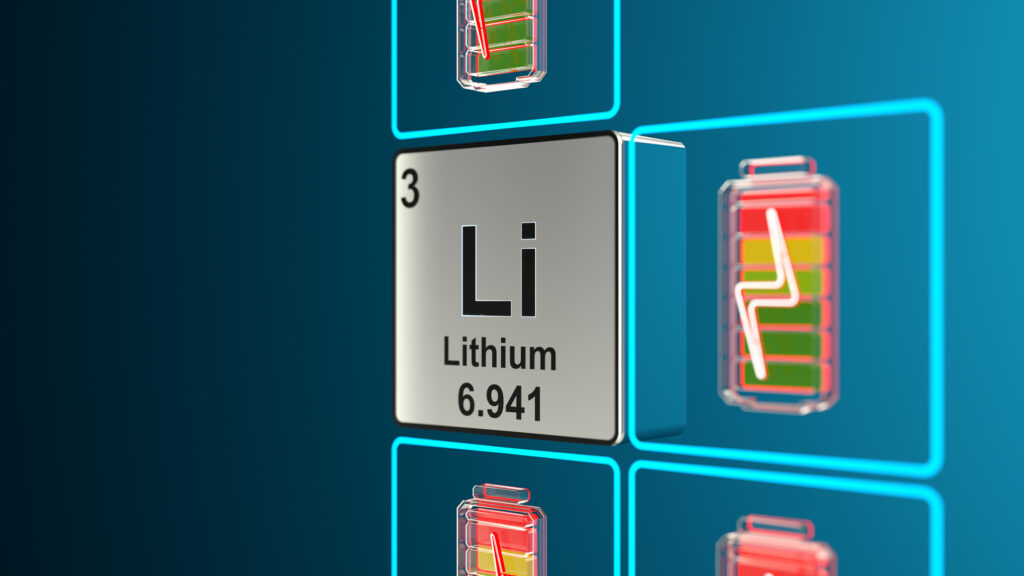Alternatives To Mineral Space Mining
Winners of the Junior Academy Innovation Challenge – Fall 2023 “Minerals of Technology”
Sponsored by Royal Swedish Academy of Engineering Sciences (IVA)
Published August 14, 2024
By Nicole Pope
Academy Education Contributor
Team members: Sriyash T. (Team Lead) (India), Radoslav K. (United States), Aarish K. (United States), Rehan S. (India), Aashritha T. (United States), Farhan M. (United States)

For the “Minerals of Technology” Junior Academy Innovation Challenge, high school students were asked to come up with an innovative approach to secure the supply of the critical minerals needed to support the transition to a fossil fuel-free society.
Critical minerals are used in the manufacture of cell phones, photovoltaic solar plants, electric vehicles and numerous other modern appliances. As a growing number of countries move away from fossil fuels to combat climate change and limit the global temperature rise to 1.5°, ensuring a sufficient supply of these critical minerals has become a global concern. The supply will need to increase six-fold by 2040 to support the shift to a more climate-friendly, fossil fuel-free world. Crucially, these rare minerals are not renewable, and must therefore be used efficiently and sustainably.
For their winning project, the MINnovator’s team members from the United States and India sought a solution to this issue in space. They proposed developing a fleet of autonomous asteroid mining drones, powered by hydrogen and solar energy. The drones would extract and process the resources they collected in space. The students’ plan would reduce the carbon emissions associated with conventional mining methods and mitigate the risk of mineral shortages on Earth.
Intrigued, Yet Skeptical
“Initially intrigued, yet skeptical about the idea of harvesting resources from asteroids for a cleaner alternative, I’ve witnessed the evolution of this concept into a tangible project,” says Aarish. “Our space droid, fueled by solar and hydrogen energy and employing 3D printing technology, promises to revolutionize resource acquisition. The droid’s ability to gather rare metals, silicon, oxygen, and water presents a promising solution to the scarcity of these vital resources on Earth.”
According to their ambitious solution, the drones would include a retractable drill to harvest materials through precision scraping or strip mining of resource-dense veins, as well as 3D printers and robotic assemblers to process them in situ. Only finished products would need to be transported back to Earth, in bulk shipments, to maximize cost efficiency and minimize environmental impact. Thanks to a modular design, the drones could be adapted and configured for optimal use during specific aspects of the mining cycle.
“One of my primary roles within the group was the creation of 3D models that visualized the intricate details of our proposed asteroid mining operations,” explains Farhan. “This involved a steep learning curve, but the opportunity to immerse myself in the technical aspects of space mining was both exciting and rewarding. The models not only enhanced our presentations but also provided a tangible visual aid that helped the team grasp the complexity of the project.”
Opening New Horizons
The topic of this Junior Academy challenge opened up new horizons for the team members. “Working with this team on the mineral conservation project through asteroid mining was an illuminating journey,” explains Aasritha. “Working with a diverse team has been a profound and enriching experience, one that has stretched my perspectives and broadened my understanding of collaboration in many ways I never anticipated.”
“It was both inspiring and incredibly satisfying to think that our study would open the door for asteroid mining to provide sustainable mineral conservation,” says Rehan. “The problem we faced was extremely complex and offered many difficulties, one of which was coordinating communication across time zones.”
Tackling a global issue that could shape the future of their generation, gave the participants a great sense of achievement. “This initiative underscores the potential of youth to wield significant influence, irrespective of age or background,” says Team Lead Sriyash. “I want to express profound gratitude to my exceptional teammates. The formation of MINnovators was driven by the intent to unite diverse individuals who share a common fervor for leveraging science to transform the world.”
His teammate Radoslav, echoes Sriyash’s sentiment: “Even when this challenge is over, I trust every one of us to go out into the world and continue to make the world a better place, one project at a time.”
